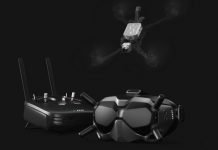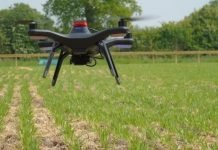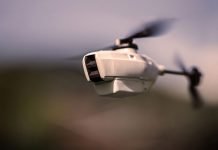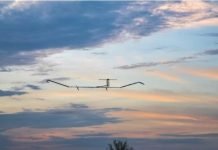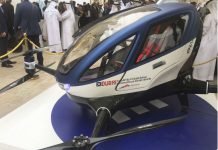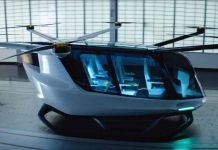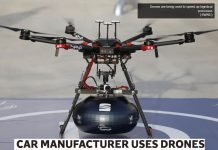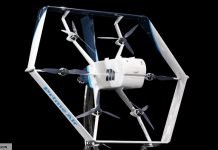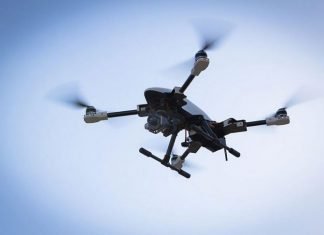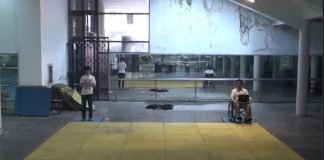
If you pilot a drone long enough, sooner or later, you’re likely to smash it into a building, a wall, a tree, or the ground.
And often enough, when drones crash, they break.
Flying insects, however, knock into plants, walls, and windows all the time. And, so long as they’re not being swatted, or smashed against the grill of a speeding car, they’re often fine.
So a team of researchers in Switzerland looked at insects to design a new type of frame for a drone that might survive a crash without suffering serious damage. Insects, they found, have exoskeletons and remain rigid enough for flight — but also flexible enough to absorb the energy of an impact.
The result of their work is a prototype that’s stiff up in the air, but safely collapses upon collision, said one of the drone’s inventors, Dr. Stefano Mintchev, by phone from Lausanne, Switzerland.
“The solution we found was in the wings of insects, which revert from a stiff state to a soft state during collisions” said Mintchev, who works at the Laboratory of Intelligent Systems, École Polytechnique Fédérale de Lausanne, or EPFL. “Wasps and bees employ this interesting biomechanical strategy to avoid damage.”
A drop-test comparison of the prototype versus a conventional, fully-rigid drone showed the new design was twice as good at dissipating the energy of a collision as the regular model, Mintchev said.
The design also avoids drawbacks associated with other approaches to mitigating damage.
Some drones feature protective cages or shields that act like bumpers. But those add weight and wind resistance, dampening performance.
Building a drone out of material that’s soft enough to better handle a crash typically means it will also be too floppy to fly well, and may buckle under aerodynamic pressure. Such a drone will likely also have trouble carrying an additional payload.
Mintchev and his colleagues designed a frame that is fundamentally flexible, but is also stiffened with magnetic joints that buckle upon impact — similar to an electrical fuse that burns out during a power overload.
That frame fits around a central case, which holds batteries and electronics.
“During a collision, the magnetic joints behave like ‘mechanical fuses’ that disengage the frame from the central case and let it freely deform without failure,” Mintchev and two co-authors wrote in a recently-published paper describing their work.
RELATED: Your Brainwaves Could Soon Be Correcting Robots’ Mistakes
This isn’t the first time Mintchev and one of his co-authors on that paper, Dr. Dario Floreano, have turned to the animal kingdom for inspiration in designing innovative drones.
The pair have also looked at vampire bats in order to build a drone that’s capable of both flying and then walking after it lands. Such a drone could be useful in a disaster zone, Mintchev said, by flying quickly into an area before landing and performing reconnaissance, or, in the case of a nuclear accident, taking samples that might determine whether or not an area is safe for humans.
Another drone designed by Mintchev and Floreano uses bird-like, retractable feathers to give the drone extra maneuverability in flight, as well as added resistance in high winds.
Credits: livescience


